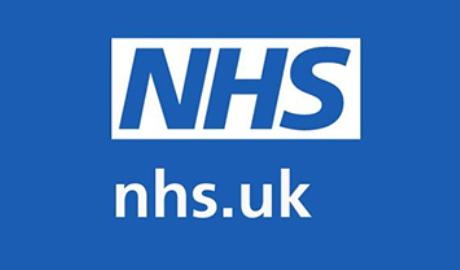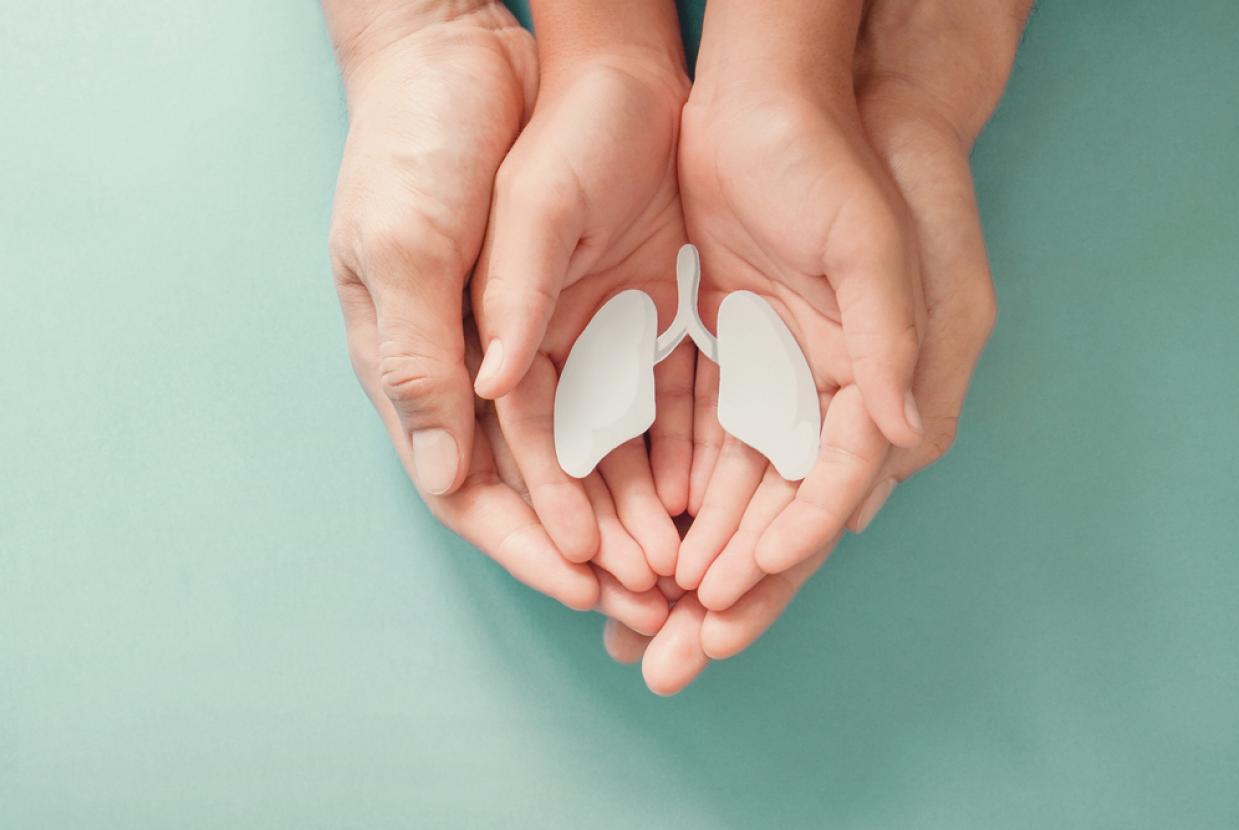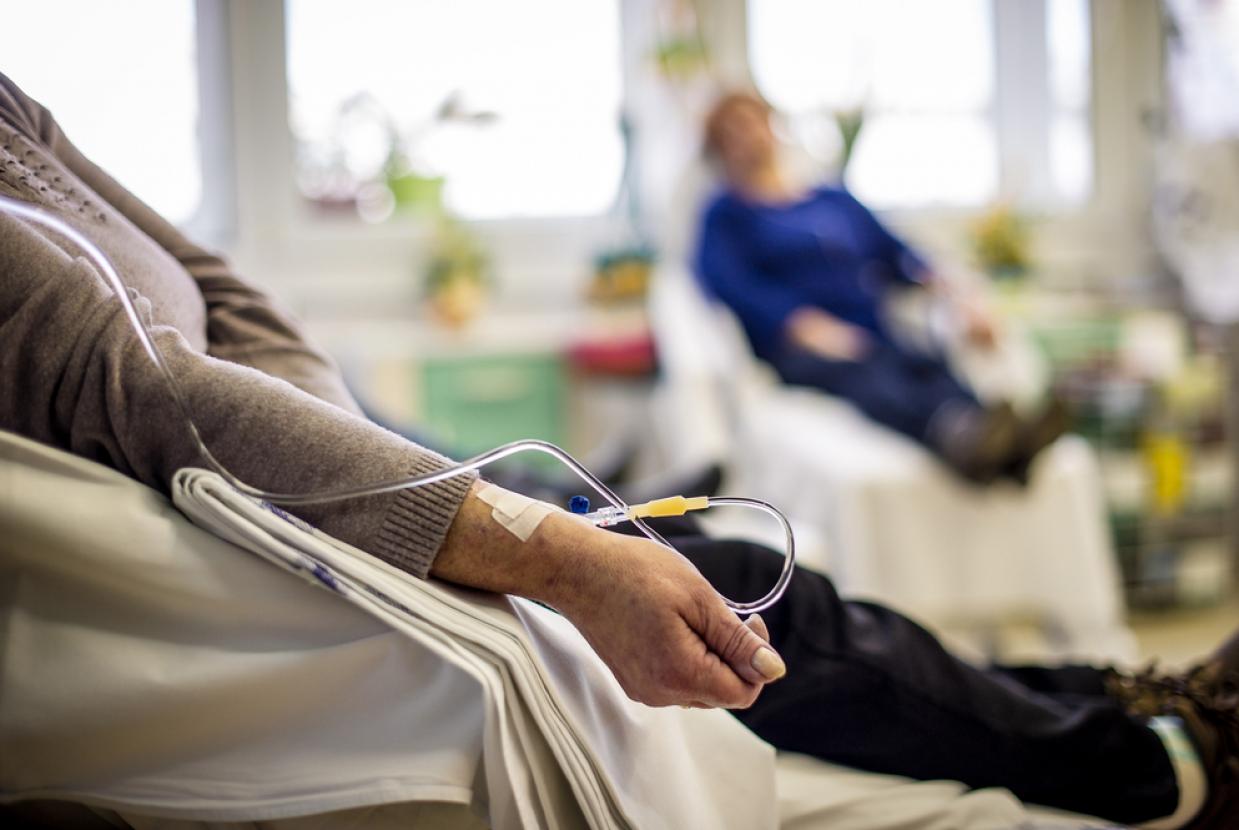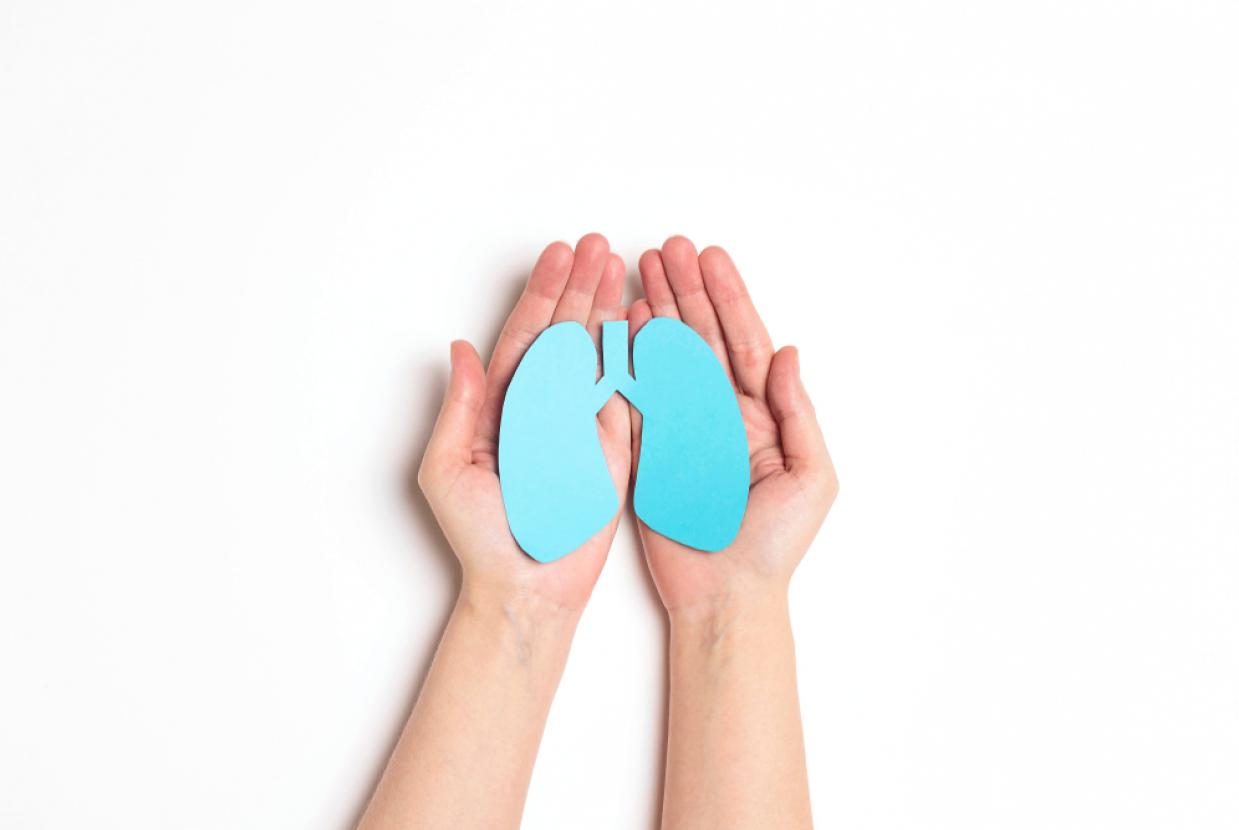Diagnosing COPD
See a GP if you have persistent symptoms of chronic obstructive pulmonary disease (COPD). To help them diagnose COPD, a GP may:
- ask you about your symptoms
- examine your chest and listen to your breathing using a stethoscope
- ask whether you smoke or used to smoke
- calculate your body mass index (BMI) using your weight and height
- ask if you have a family history of lung problems
They may also do, or arrange for you to have, a breathing test called spirometry, plus other related tests of the lungs and airways.
Spirometry
A spirometry test can help show how well your lungs are working. You'll be asked to breathe into a machine called a spirometer after inhaling a medicine called a bronchodilator, which helps widen your airways.
The spirometer takes 2 measurements: the volume of air you can breathe out in a second, and the total amount of air you breathe out. You may be asked to breathe out a few times to get a consistent reading. The readings are compared with normal results for your age, which can show if your airways are obstructed.
Chest X-ray
A chest X-ray can be used to look for problems in the lungs that can cause similar symptoms to COPD. Problems that can be shown by an X-ray include chest infections and lung cancer, although these do not always show.
Blood tests
A blood test can show other conditions that can cause similar symptoms to COPD, such as a low iron level (anaemia) and a high concentration of red blood cells in your blood (erythrocytosis).
Sometimes a blood test may also be done to see if you have alpha-1-antitrypsin deficiency. This is a rare genetic problem that increases your risk of COPD.
Further tests
Sometimes more tests may be needed to confirm the diagnosis or determine the severity of your COPD. This will help you and your doctor plan your treatment. These tests may include:
- an electrocardiogram (ECG) – a test that measures the electrical activity of the heart
- an echocardiogram – an ultrasound scan of the heart
- a peak flow test – a breathing test that measures how fast you can blow air out of your lungs, which can help rule out asthma
- a blood oxygen test – a peg-like device is attached to your finger to measure the level of oxygen in your blood
- a CT scan – a detailed scan that can help identify any problems in your lungs
- a phlegm sample – a sample of your phlegm (spit) may be tested to check for signs of a chest infection






































